Is predation management informed by institutional memory and an operational management information system (MIS)?
HO de Waal
dewaalho0@gmail.com
South Africa has a long history of predation. There should be no illusion about this daily reality; echoed by calls for help from livestock farmers, wildlife ranchers and producer organisations, namely the NWGA (National Wool Growers’ Association), RPO (Red Meat Producers Organisation), SAMGA (South African Mohair Growers’ Association), and WRSA (Wildlife Ranching South Africa).
The African Large Predator Research Unit (ALPRU) was founded in 2002 at the University of the Free State (UFS). Initially the focus was on the largest predator, the African lion (Panthera leo), but in line with the acronym name ALPRU, the scope of activities was broadened to include other African predators.
Soon active networking with livestock farmers and wildlife ranchers ALPRU was informed of the negative impact of predation, implicating the black-backed jackal (Lupulella mesomelas) and the caracal (Caracal caracal) for most predation losses. In 2004, ALPRU launched the Canis-Caracal Project (CCP) with a specific focus on the two meso predators, following a 3- pronged approach, namely:
1 Collate and interpret all available data and information on the two predator species.
2 Initiate, support and conduct scientific studies on the ecology of the two predator species and their food base.
3 Formulate new or update existing scientific management strategies to regulate the two predator species and relate it to provincial and national policies.
Activities of the CCP included:
(1) Restoring institutional memory on predation management by interacting with specialist predation managers, livestock farmers and wildlife ranchers to retrieve historic information located in various repositories, or simply overlooked, or forgotten at sites.
(2) Interacting with international conservation authorities to learn and be informed of predation management policies and activities.
(3) Initiating research to investigate and broaden the knowledge on predation management.
(4) Liaising with provincial and national conservation authorities, and politicians, to find practical solutions to mitigate the negative impact of predation on livestock farms and wildlife ranches.
Institutional memory was reconstructed and by promoting a system of coordinated predation management, ALPRU/CCP was instrumental in the founding of the Livestock and Wildlife Working Group on Damage Causing Animals in July 2009, comprising the NWGA, RPO, SAMGA, and WRSA. This created a united liaison platform to find practical solutions to mitigate the negative impact of predation. The group revisited their founding goals and in April 2010 renamed itself the Predation Management Forum (PMF).
In a review of historical information on predation, dating to June 1656 [De Waal, HO. Predation management in South Africa – historical milestones, ALPRU – Occasional Paper, July 2025, Version 9.1.], the following is important: “Over decades, strategies to mitigate predation losses have been developed, but few were implemented, primarily because of financial restrictions. Moreover, initiatives came and went in a way best characterised as an ‘ebb and flow’ progression. Despite major advances over decades, important primary challenges remain, and predation management in South Africa is still fragmented and uncoordinated.”
A presentation on predation management in South Africa provides a broad perspective on recent advances with a view to inform an answer to the statement Quo Vadis. Where to?
